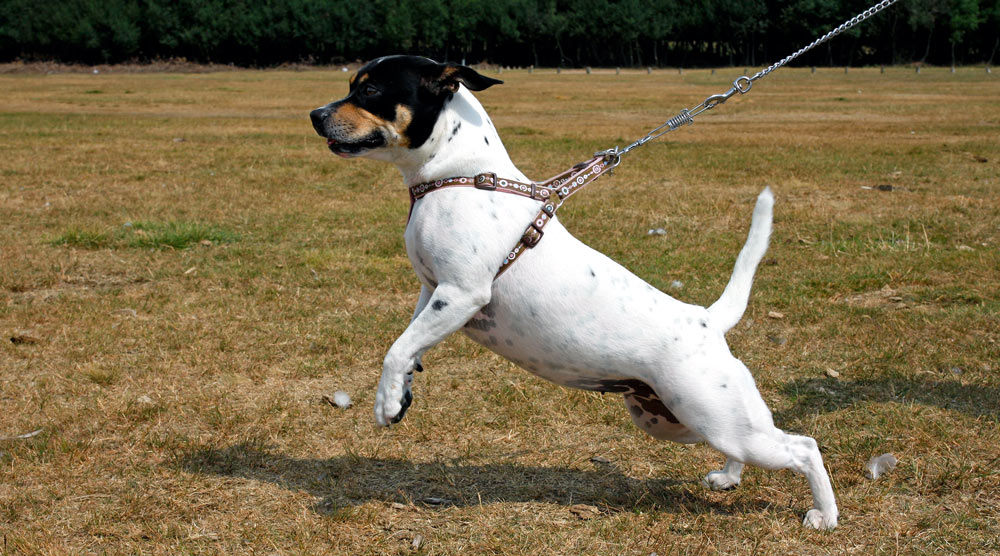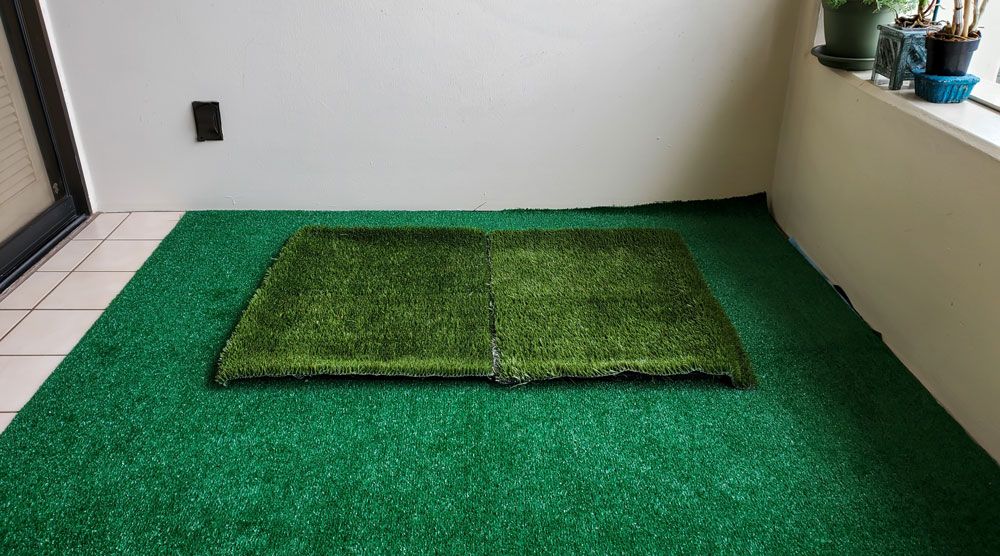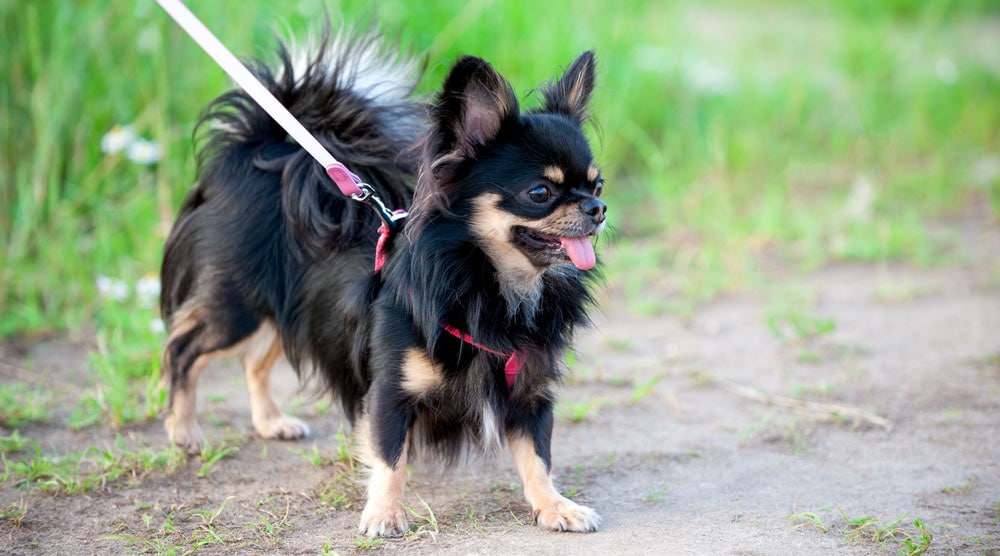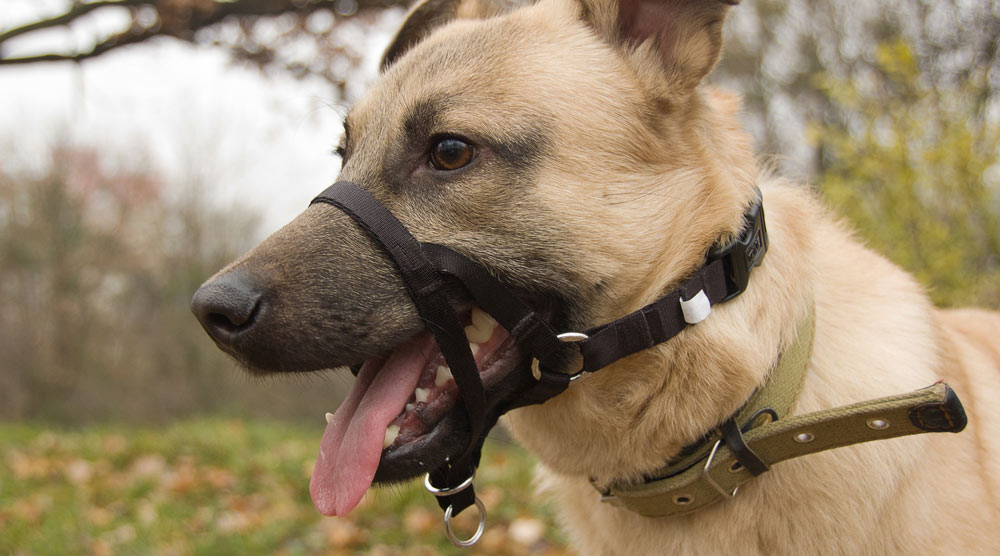Does your dog pull on his harness? If so, these six training tips could make your walks safer and more enjoyable.
Contents
A harness doesn’t teach your pet to walk politely though. They are safer, but are not a training tool.
The good news is that both pulling and leash reactivity can almost always be solved. The key is patience and positive reinforcement methods.
1. Forget Outdated Training Ideas
There’s a common belief that pulling shows a dog thinks he is “pack leader” or dominant over the human. Victoria Stillwell calls this the “dogs are on a quest for world domination” myth.
The reality is much less sinister. A walk outside is often the most stimulating part of a dog’s day, so he wants to make the most of it. There are new smells investigate, other dogs to meet and interesting places to explore.
Unfortunately, many dogs have a natural walking pace that’s much faster than a humans. It takes a lot of self-control to go slow when faced with all this exciting stimulation. If you’ve ever been in a hurry while stuck with a slower walker, you’ll understand the frustration!
Dogs also don’t have a natural concept that pulling on a leash is wrong. They want to get somewhere faster, so they forge ahead. It’s a logical solution when you think about it from a dog’s point of view.
So, forget outdated ideas about your dog trying to dominate you or become the “Alpha.” Dogs don’t think like this, but believing they do causes many owners to react aggressively.
2. Avoid Retractable Leashes
Pulling is a natural behaviour for many dogs – especially those with a fast walking pace. To break this habit, you need to have a consistent approach and plenty of patience.
Consistency is impossible if the leash length keeps changing though. Your dog never has a chance to learn how much freedom he has when using a retractable leash.
For this reason, choose a strong leash with a fixed length. It shouldn’t be so short your dog can’t walk without tension – as he’ll never learn what polite walking “feels” like – but it can’t be too long either. 4-5 foot leashes are often a good place to start.
3. Set Your Dog Up for Success
The worst time to train loose leash walking is when a dog is bursting with energy and excited about his walk.
Instead, set your dog up for success:
- Play ball games in your garden before you leave to burn off some energy.
- If you don’t have a garden, tug-of-war can be a good substitute.
- Start teaching loose lead walking in a calmer environment, such as in your home or back yard.
- When you’re training on walks, try to find quiet environments with minimal distractions.
- Don’t try to train your dog when you’re in a hurry.
- Make sure the harness is properly fitted so it doesn’t chafe or cause movement restrictions.
On a side note, it’s impossible to start leash training without a strong bond with your pet. A bond of trust is essential for effective training.
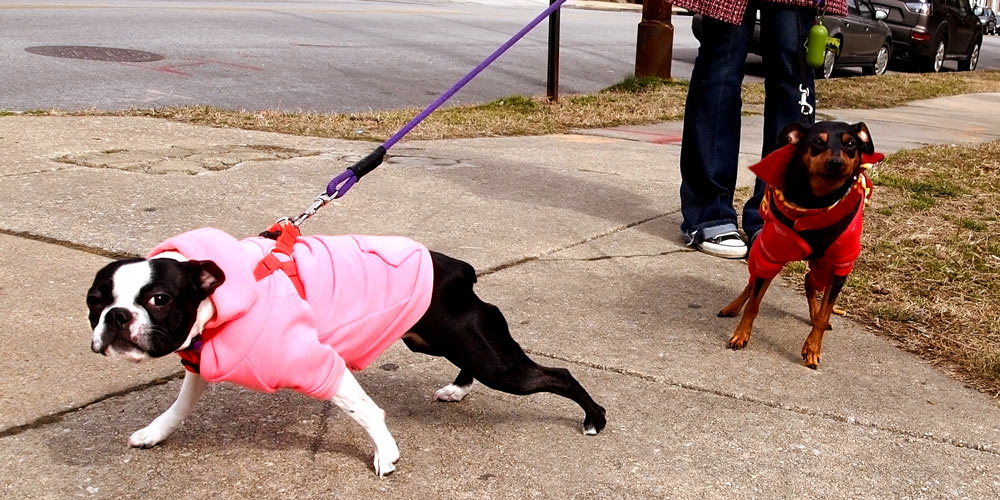
4. Stop (Accidentally) Reinforcing Unwanted Behaviours
To stop an unwanted behaviour, such as pulling, your dog needs to understand it doesn’t get what he wants. Unfortunately, pulling is often accidentally reinforced.
This is because we perceive pulling differently to our canine friends. Many of us assume that as long as we aren’t speeding up in response to pulling, the dog isn’t getting a reward.
A dog has a different view though. If he gets where he wants to go while pulling – even if it’s not really any faster – the pulling has been a “success.” This is why it’s such a hard habit to break.
Instead, there needs to be a negative consequence to pulling. This doesn’t mean you should hurt your dog or use a choke chain, but you need to remove the reward.
A great way to do this is to stop and stand still whenever your dog pulls. Once the tension is released from the leash, start walking again. This takes patience – your dog won’t get it straight away – but it stops reinforcing the wrong behaviours.
5. Remember to Reward Good Behaviours
While it’s important to avoid making pulling successful, you also need to teach your pet what to do instead, otherwise progress will be slow.
The easiest way to do this is by walking with a pouch of your pet’s favourite treats. When he’s walking politely and with a loose leash, praise him and give a treat.
As your dog gets better at loose leash walking, gradually phase out the treats. You can still praise for polite walking though.
6. Always be Consistent
Breaking the leash pulling habit can take time, so don’t expect results straight away. Some dogs also take more time than others.
It’s vital that you’re always consistent though. Whenever your dog is on a leash, you should react in the same way when he pulls. If other people sometimes walk your pet, they’ll also need to follow the rules.
While this can be frustrating – especially if you want to get somewhere in a hurry – it’s the only way to teach your dog that pulling is never successful. Even relaxing the rules for one walk can set back your progress.
Summary
A high-quality dog harness can make walks safer for pups that pull – but this isn’t a solution to the problem. You’ll need to perform additional training to teach your dog how to walk on leash, as dogs don’t instinctively know not to pull.
The best way to teach polite walking is with positive repetition. When your dog pulls, stop until the leash goes slack again. And when he walks next to you, praise him and (sometimes) give a treat.
This method takes time – and you need to be consistent on all walks. A dog that’s trained to walk politely is worth the time and effort though.
Do you have any questions about loose leash walking using a harness? Let me know in the comments section.
